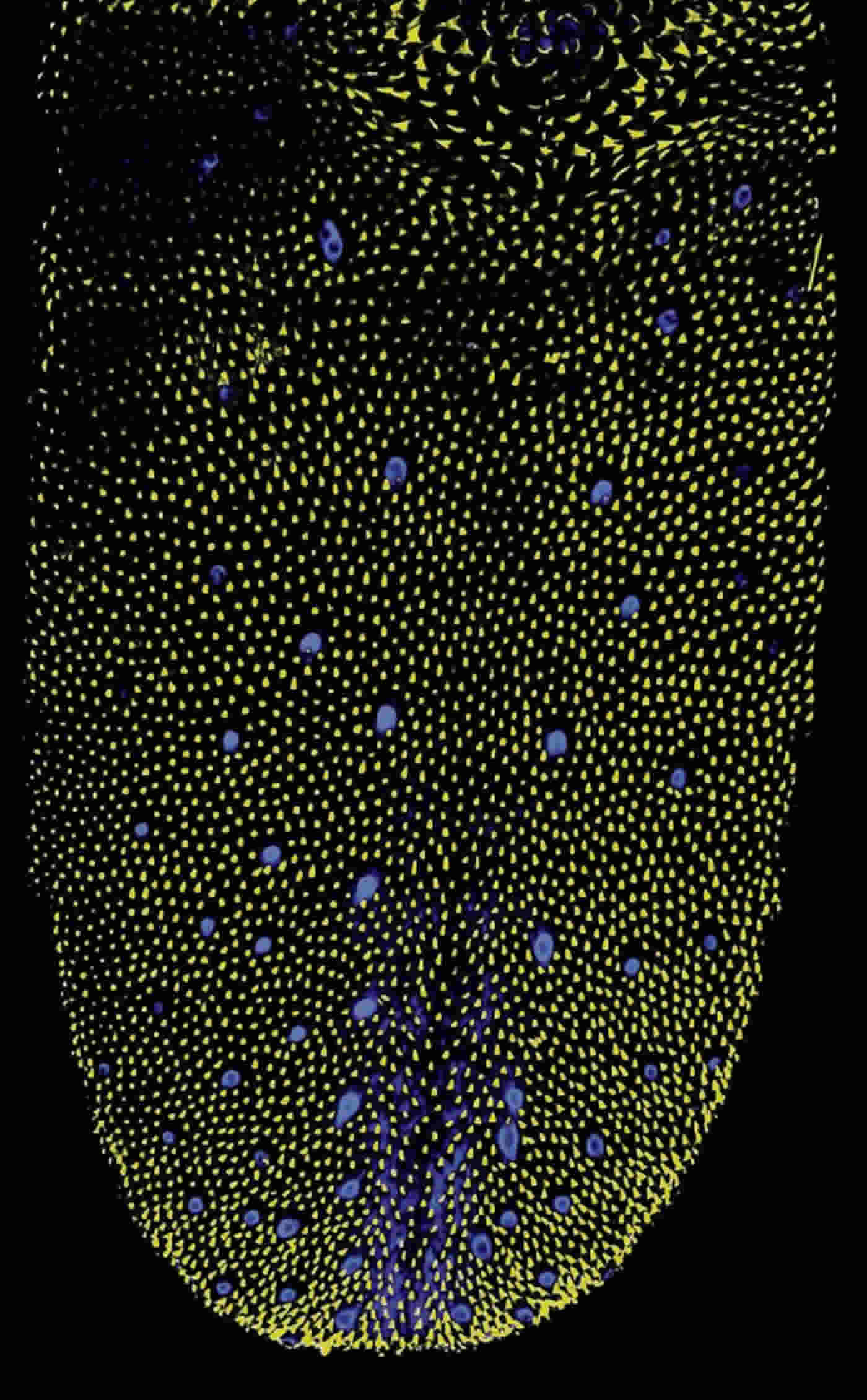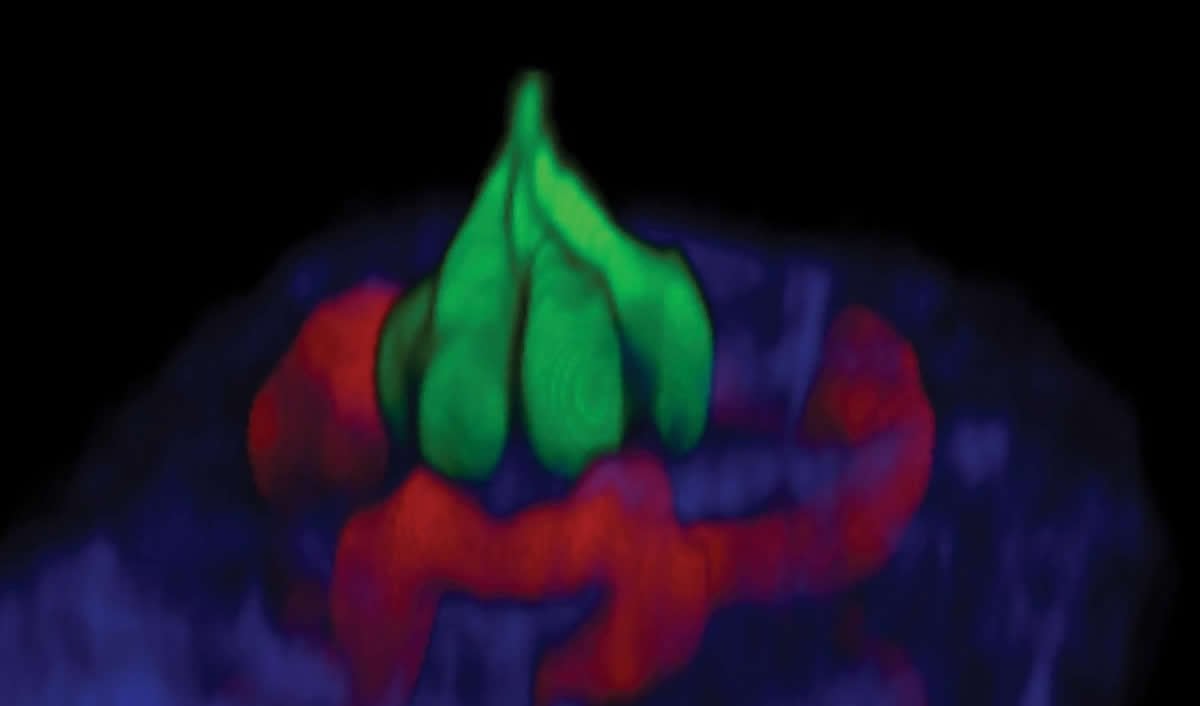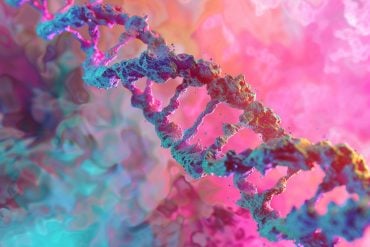Scientists watch living taste cells in action.
Scientists have for the first time captured live images of the process of taste sensation on the tongue.
The international team imaged single cells on the tongue of a mouse with a specially designed microscope system.
“We’ve watched live taste cells capture and process molecules with different tastes,” said biomedical engineer Dr Steve Lee, from The Australian National University (ANU).
There are more than 2,000 taste buds on the human tongue, which can distinguish at least five tastes: salty, sweet, sour, bitter and umami.
However the relationship between the many taste cells within a taste bud, and our perception of taste has been a long standing mystery, said Professor Seok-Hyun Yun from Harvard Medical School.
“With this new imaging tool we have shown that each taste bud contains taste cells for different tastes,” said Professor Yun.

The team also discovered that taste cells responded not only to molecules contacting the surface of the tongue, but also to molecules in the blood circulation.
“We were surprised by the close association between taste cells and blood vessels around them,” said Assistant Professor Myunghwan (Mark) Choi, from the Sungkyunkwan University in South Korea.
“We think that tasting might be more complex than we expected, and involve an interaction between the food taken orally and blood composition,” he said.
The team imaged the tongue by shining a bright infrared laser on to the mouse’s tongue, which caused different parts of the tongue and the flavour molecules to fluoresce.
The scientists captured the fluorescence from the tongue with a technique known as intravital multiphoton microscopy. They were able to pick out the individual taste cells within each taste bud, as well as blood vessels up to 240 microns below the surface of the tongue.
The breakthrough complements recent studies by other research groups that identified the areas in the brain associated with taste.
The team now hopes to develop an experiment to monitor the brain while imaging the tongue to track the full process of taste sensation.
However to fully understand the complex interactions that form our basic sense of taste could take years, Dr Lee said.
“Until we can simultaneously capture both the neurological and physiological events, we can’t fully unravel the logic behind taste,” he said.

Source: Dr. Steve Lee – Australian National University
Image Credit: The images are credited to S. Lee, S. Yun, M. Choi.
Original Research: Full open access research for “Intravital Microscopic Interrogation of Peripheral Taste Sensation” by Myunghwan Choi, Woei Ming Lee and Seok Hyun Yun in Scientific Reports. Published online March 2 2015 doi:10.1038/srep08661
Abstract
Intravital Microscopic Interrogation of Peripheral Taste Sensation
Intravital microscopy is a powerful tool in neuroscience but has not been adapted to the taste sensory organ due to anatomical constraint. Here we developed an imaging window to facilitate microscopic access to the murine tongue in vivo. Real-time two-photon microscopy allowed the visualization of three-dimensional microanatomy of the intact tongue mucosa and functional activity of taste cells in response to topically administered tastants in live mice. Video microscopy also showed the calcium activity of taste cells elicited by small-sized tastants in the blood circulation. Molecular kinetic analysis suggested that intravascular taste sensation takes place at the microvilli on the apical side of taste cells after diffusion of the molecules through the pericellular capillaries and tight junctions in the taste bud. Our results demonstrate the capabilities and utilities of the new tool for taste research in vivo.
“Intravital Microscopic Interrogation of Peripheral Taste Sensation” by Myunghwan Choi, Woei Ming Lee and Seok Hyun Yun in Scientific Reports. Published online March 2 2015 doi:10.1038/srep08661






